The latest report of the organization says that the expenditure is more than 27,000 million euros, a figure that already exceeds the objective of 2% of the GDP demanded by NATO.
The Spanish Government has insisted on launching the message that the general State budgets (PGE, for the catalan Pressupostos Generals de l'Estat) of 2023 will be "the most social in history". This is what the Spanish president, Pedro Sánchez, has said and reiterated, who has assured from the lectern of the Congress of Deputies that the accounts "put all the State's resources at the service of the social majority". And it is true that the budgets contemplate the largest social investment made to date, however, it is equally true that they are also the most military in history.
This is according to the latest report of the Centre Delàs d'Estudis per la Pau, which reveals the growth, once again, of real military expenditure in the State's accounts and places it, according to its criteria, above the 27,000 million euros. A figure that far exceeds the spending target of 2% of the Gross Domestic Product (GDP) set by NATO.
This rise in military investment is even more relevant if we note that it far exceeds the budgeted expenditure for other social ministries. To cite an example, the investment in military research is five times higher than in healthcare.
A much higher expenditure than the State says
In a context marked by the overlapping crises that cross the citizenry and a runaway inflation that is emptying the pockets of the population, the 2023 PGE recently approved by the Spanish Executive are the most militaristic in history. If we take a look at the data following the criteria of the Government of Pedro Sánchez, the State accounts allocate 12,827 million euros to the Ministry of Defense, 26.3% more than the previous year, and they place it as one of the fastest growing portfolios.
What is the reason for this increase at a time of economic difficulties for a large part of society? The decision is justified to comply with the commitment made by the Spanish president at the NATO summit held in Madrid in June of this year to reach the threshold of 2% of GDP in Defense required by the Atlantic Alliance , an objective that the Spanish Government assured that it wanted to fulfill in the next five years.
The report 'The colossal increase in the State's military budget in 2023', drawn up by the Centre Delàs, on the other hand, shows that the expected military expenditure for next year is much higher than official figures says. According to the document, the real military investment of the State will rise to more than 27,000 million euros: about 75.7 million euros per day or 582 euros per year per inhabitant.
This amount, which is more than double the one officially allocated to the Ministry of Defense, means that Spain will devote 2.17% of its GDP to military expenses, a figure that exceeds what NATO claims.
The Centre Delàs has calculated this real investment figure by adding the consolidated budget of the Ministry of Defence; the rest of the military items assigned to other ministries, as recommended by NATO to its member countries; the expenses that are imputed to the Contingency Fund and the part of the interest on the public debt that corresponds to Defence.
In addition, if we widen the focus and forecast military spending for the coming years, if this pace is followed, the report calculates that in 2029 the total of military spending would exceed 40,000 million annually.
Investments in armaments, booming
The Centre Delàs study, signed by researchers Xavier Bohigas, Xema Moya and Pere Ortega, emphasizes the fact that three out of every ten euros that the State will invest in 2023 will go to investments in armaments. This represents an increase of more than 7,700 million euros, the equivalent of a rise of nearly 70% compared to the previous year. In this way, military investments, with an increase of almost 30%, are the concept that grows the most in the total military expenditure proposed for 2023.
One of the most reinforced expenses in the 2023 PGE corresponds to the Military Research and Development (R&D) credits of the Ministry of Industry. We are talking about credits aimed at companies that have armaments as one of their lines of business such as Navantia, Airbus or Indra, among others, that develop Special Armament Programs which are then purchased by the State. According to the document, they shot up more than 126% and escalated to more than 1,600 million.
Likewise, the report shows that the item for military R&D is one of those that is gaining the most ground and climbs above 21% of the total resources allocated to research. A figure, which is around 1,800 million, and which Xavier Bohigas, one of the researchers responsible for the text, describes as "scandalous", while pointing out that "the percentages of military R&D are misleading, given that they refer to the spending forecasts, and to have a more realistic view of the weight of military research we should focus on the amounts that are finally settled".
This spending on military research is even more striking when compared to the amount that goes to research in other areas. For example, it is five times higher than the resources invested in healthcare, and more than sixteen times higher than energy, environmental and technological investments.
This is how another of the authors of the report, Xema Moya, explains it: "Given that we are in the middle of an environmental crisis of great proportions and that we have to face new health challenges, our efforts should be concentrated precisely in these areas and not in the military, to be able to satisfy the needs and priorities of the population".
Military spending is growing above social spending
To understand the real extent of these military expenditure figures, a good exercise is to compare them with those of other ministries in the social sphere. Perhaps it is not entirely wrong to consider that the PGEs of 2023 are the most social in history, given that many of the items assigned to social portfolios are increasing, such as, among others, Social Rights, which is growing by 17.2%; Culture, which increases by almost 16%; or Social Security, which is done by 12.9%.
However, all these excesses are far from the increase of more than 26% experienced by the budget directed to the Ministry of Defense.
"The Spanish State, instead of betting on a foreign policy focused on reducing tensions through an active diplomacy of neutrality, shared security and disarmament that could lead to a world governed by cooperation, advocates to increase military spending and investments in armaments to reach the so-mandated and arbitrary goal of 2% of GDP, without arguing in any way how reaching these levels of spending contributes to the security of the State", explains Pere Ortega.
In this sense, the researchers at the Centre Delàs regret that this military spending on clouds responds to NATO pressure, led with an iron hand by the United States (US), to reach the 2% Defense spending target , a threshold that, as the report shows, is already met if military spending is rigorously accounted for.
Ultimately, the pieces fit together if you consider that this rampant increase ends up benefiting above all the arms-producing countries, a list in which the US prominently leads on a global scale.
Finally, from the organization for the analysis of peace, security, defense and armaments remember that military spending not only does not create wealth, but rather the opposite, given that it destroys the real productive economy and are investments that lose social value , generate public debt, create a fiscal deficit and, therefore, result in more inflation. "From the Spanish Government, these PGE have been announced as the most social accounts, but they are also the most military budgets in history", they receive from the Centre Delàs.


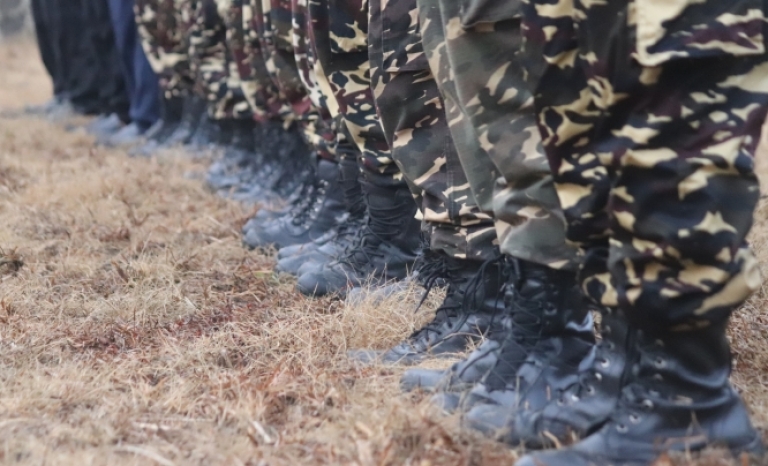
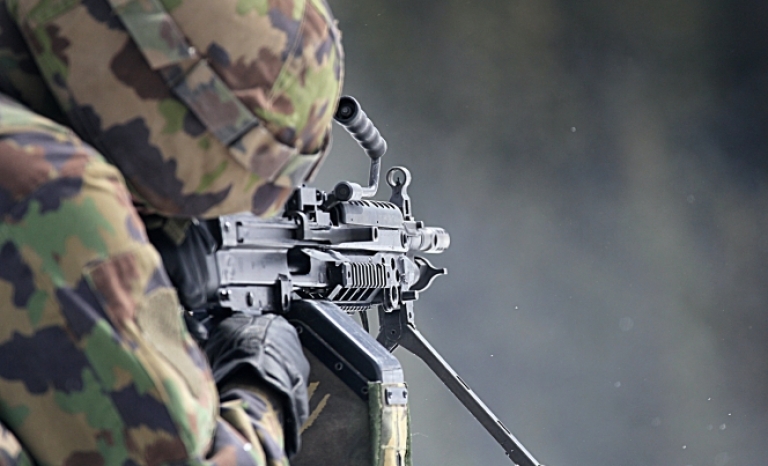
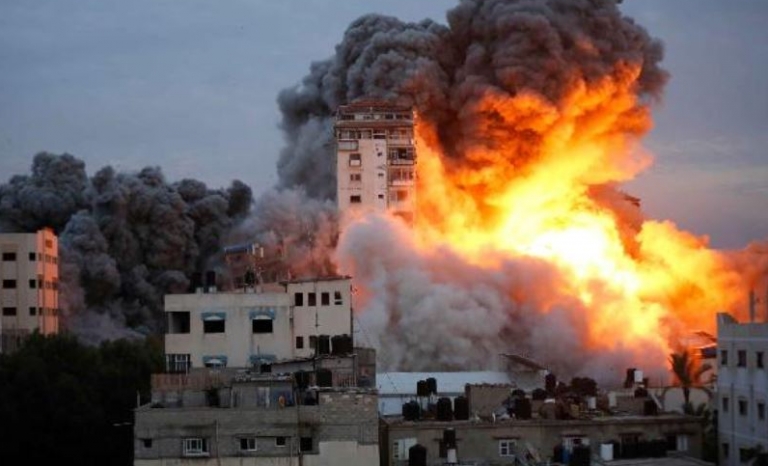
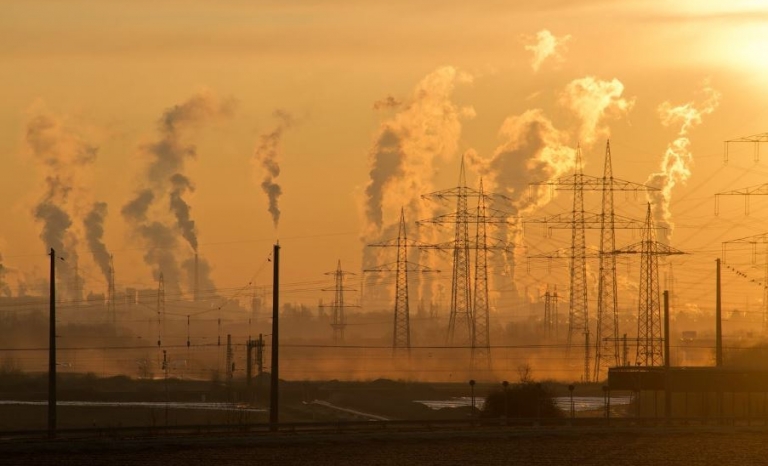

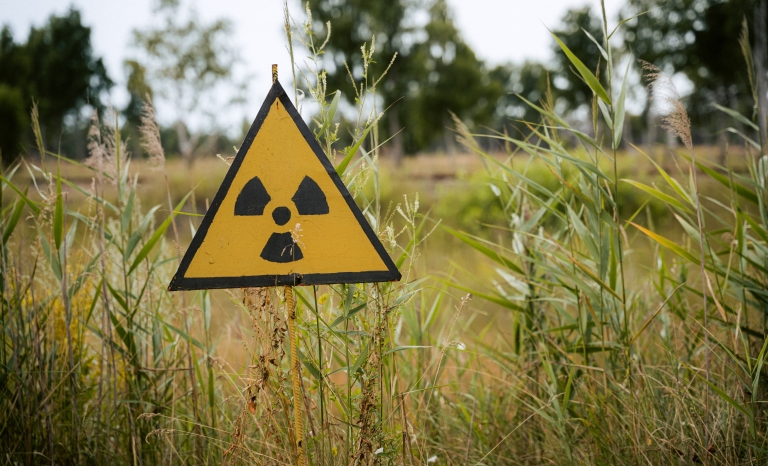



Add new comment